Mammal, Amphibian, Reptile, Fish and Crustacean/Mollusc List for Oldbury Power Station
(All photos taken at OPS.)
Mammals
Rabbit
Brown Hare
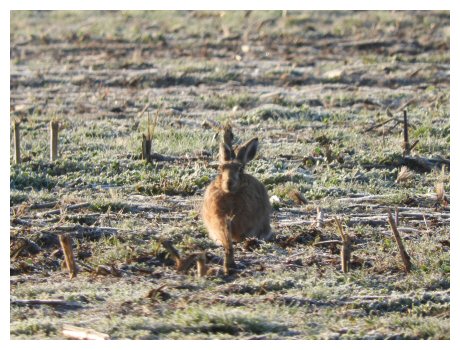
Fox
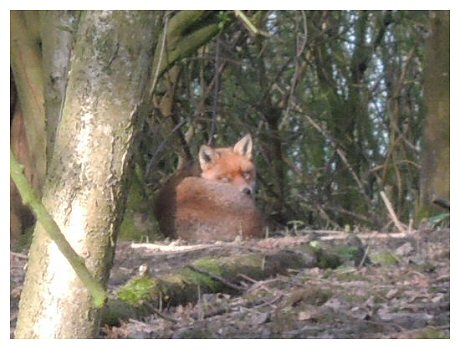
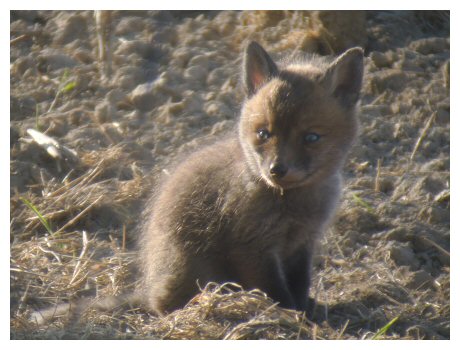
Badger
Stoat
Weasel
Brown Rat
Roe Deer
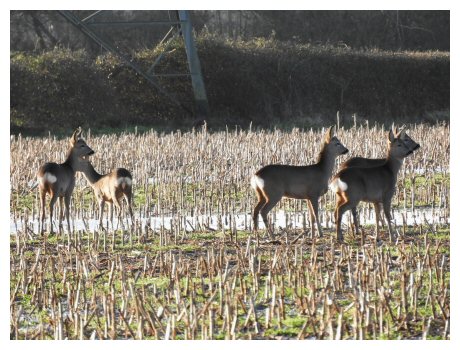
Muntjac Deer

Fallow Deer – melanistic buck in 2021 (4 leucistic ones a mile inland in 2004)
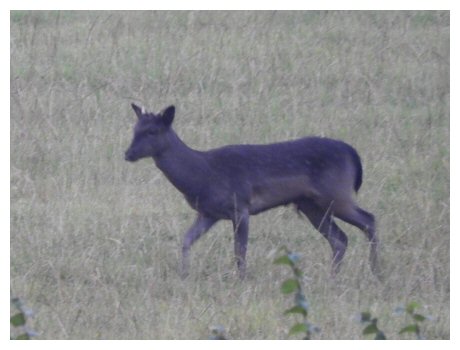
Otter – foot-prints and spraint, then one seen 2021
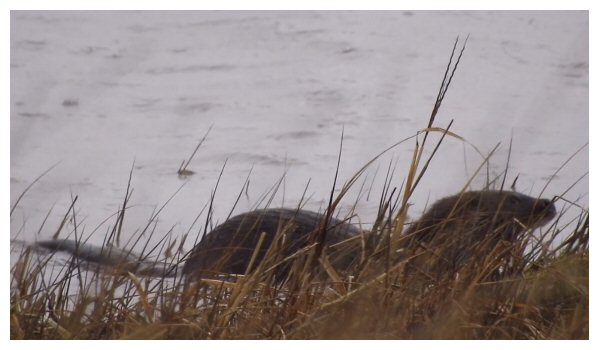
Short-tailed Field Vole
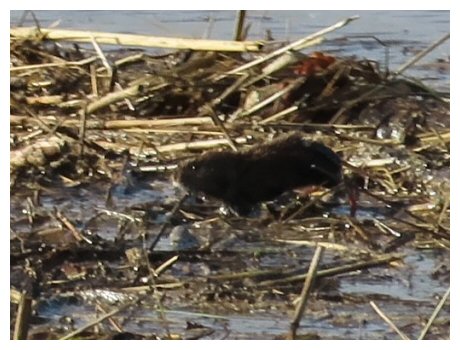
Harvest Mouse
Wood Mouse
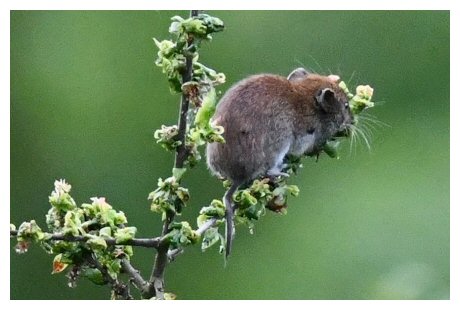
Common Shrew
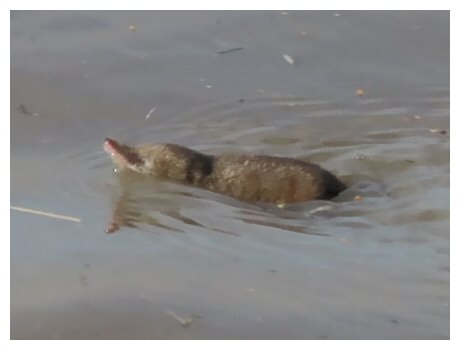
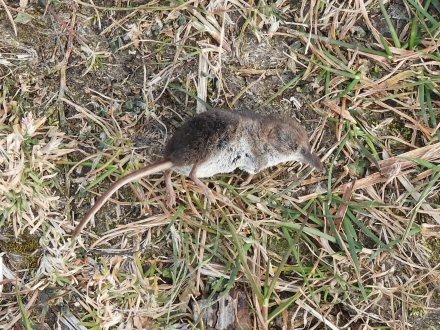
Pygmy Shrew
Water Shrew
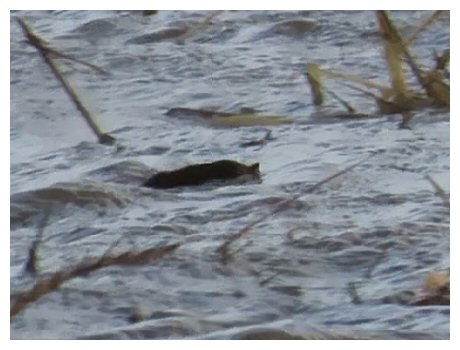
Mole
Grey Squirrel
Common Pipistrelle Bat - bat detectors, Oct 2022
Noctule Bat - seen at dusk, Lagoon 2, Jul 2014
Harbour Porpoise
Harbour Seal (aka Common Seal)
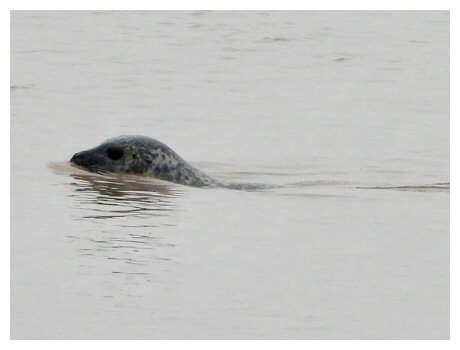
Grey Seal
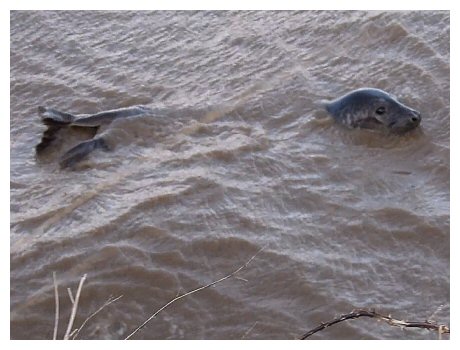
Common Dolphin – Sept 2017 and 3+ in Dec 2022
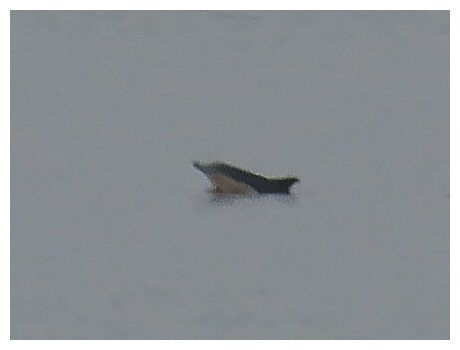
Polecat – Dead on road, June 2018

Hedgehog – Only record from Heather England, July 2023
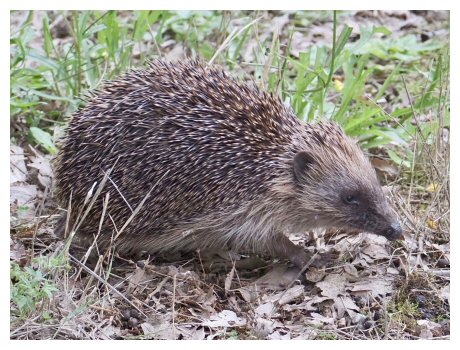
Amphibians and Reptiles
Common Frog
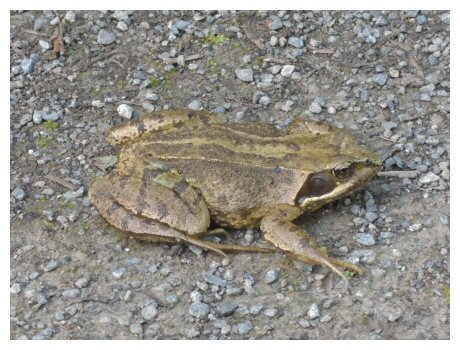
Marsh Frog – calling in pond by Lagoon 2
Common Toad

Great Crested Newt – from surveys, Lagoon 2
Smooth Newt
Grass Snake
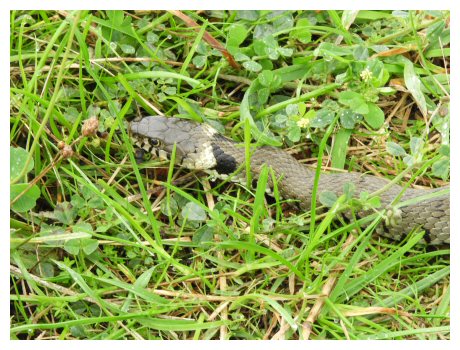
Slow Worm
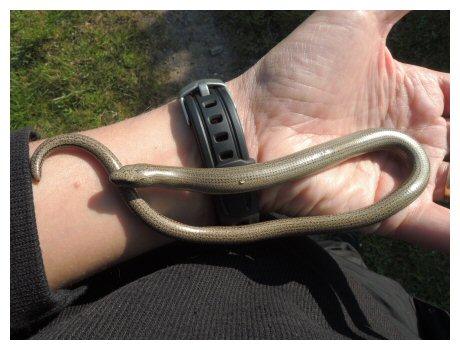
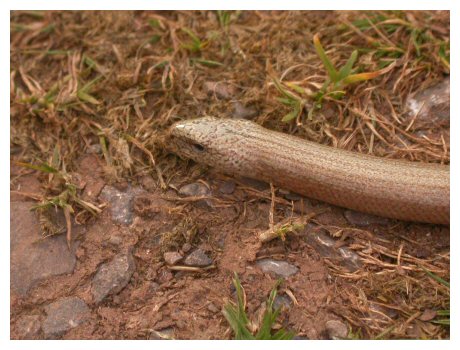
Fish
All of the data and quotes about fish, below, come from the following excellent paper . . .
‘The Biology and Conservation of the Fish Assemblage of the Severn Estuary (cSAC)’ by D J Bird, February 2008
(CCW Regional Report No. CCW/SEW/08/1, Copyright Countryside Council for Wales)
The paper can be found at . . .
“Most of our knowledge of the fish in the Severn Estuary and Bristol Channel comes from data obtained from fish entrained on the cooling-water intake screens at various nuclear power stations sited along the shore…. Two sites in particular (Oldbury and Hinkley Point) have provided detailed accounts of seasonal changes in fish numbers and species composition over several decades and these data form the basis for most of the information in the present report.”
“Data from Oldbury power station, in the upper Severn Estuary, spans periods from 1972-1977 and 1996-1999 (Claridge et al. 1986; Potter et al. 2001).”
“A separate, virtually unbroken data set on crustaceans and fish is available from Hinkley Point ‘B’ power station in Bridgwater Bay that began in 1980 … This unique data set, spanning a quarter of a century, represents one of the largest time series for an entire animal community anywhere in the world.”
“While regular sampling still continues at Hinkley Point, there is currently [February 2008] no regular assessment of the fish community based on catches at Oldbury.”
“Despite the potential impact of water intake-screens on fish mortality, the fact remains that, between the 1970s and 1990s, the abundance of many species of fish increased at Oldbury (Potter et al. 2001) and Hinkley Point, and since about 2002, the rate of increase has accelerated by a factor of two to four (Henderson et al. 2007b). The reason for the increase in fish abundance is likely to be multifactorial. . . ”

(a) (b) (c)
Figure 2.1. Cooling-water intake screens employed at
nuclear power stations on the Severn Estuary and Bristol
Channel. Water is pumped from the bottom of a water reservoir through a metal
mesh screen (a) mounted on large revolving wheels (b). With each revolution,
any debris caught on the screens is washed off into mesh cages from which any
entrained fish can be recovered (c).
64 species of Marine fish that have been recorded at Oldbury and Berkeley power stations.
Rare (+), regularly caught (++), common(+++). Adapted from Claridge et al. (1986).
Lesser-spotted dogfish +
Undulate ray +
Thornback ray +
Anchovy +
Pilchard +
Conger eel ++
Great pipefish +
Snake pipefish +
Blue whiting +
Norway pout ++
Cod + - “Collections
from Oldbury between 1972 and 1977 yielded 47,783 gadoids [i.e. members of
the Cod family] representing 13 species and together these species
contributed between 11.0 – 41.3% of the total catch per year (Claridge &
Potter 1984).”
Hake +
Ling +
Tadpole fish +
3-bearded rockling +
Horse mackerel +
Red mullet ++
Corkwing wrasse +
Goldsinny wrasse +
Ballan wrasse +
Rock cook wrasse +
Smooth sand eel +
Sand eel +
Lesser weever +
Mackerel +
Crystal goby +
Transparent goby +
Jeffreys’ goby +
Rock goby +
Reticulated dragonet +
Dragonet +
Thick-lipped grey mullet + - “Peak abundance, from Oldbury power station,
1972-1977 = late Sep – early Dec”
Grey gurnard +
Streaked gurnard +
Red gurnard +
Tub gurnard +
Hooknose +
Lumpsucker +
15-spined stickleback +
Turbot +
Brill +

The brill (Scophthalmus rhombus) is
an example of a predominantly marine species that
occasionally enters brackish water in small numbers. Photograph David Bird.
Topknot +
Scaldfish +
Dab +
Plaice ++
Witch Flounder +
Angler fish +
Sea lamprey – “Downstream migrants of this species are very occasionally recovered from intake screens at Oldbury in the autumn. Adult sea lampreys enter the Bristol Channel at the start of their spawning migration in the spring and are occasionally recovered from Oldbury in March.”

Photograph David Bird.
Common goby - “Peak abundance, from Oldbury power station
from 1972-1977 = Dec - Mar”
Sand goby }
Lozano’s Sand goby }– “In most years at Oldbury, they are the most abundant species
present, often contributing >80% of the total fish abundance and this
emphasises the importance of habitats provided by the shallows of the inner
estuary (Claridge et al. 1985). While both species reach maximum abundance in
January, [Sand goby] numbers decline sharply from February to April and are not present
in May and June. By contrast, numbers of [Lozano’s
Sand goby] are present throughout the year (Claridge et al. 1985).”
Flounder – “In terms of mean annual numbers, flounders were third most
abundant species in samples obtained at Oldbury between 1972 and 1977 and the
seventh most abundant species between 1996 and 1998 (Potter et al. 2001).”
“Peak abundance, from Oldbury power station from 1972-1977 = late Jun – Aug”
Bass – “The vast majority of individuals recovered from the inner estuary
at Oldbury (99%) were [fish that hatched earlier in the year], with just
a few individuals that were one year older.” “Peak abundance from
Oldbury power station from 1972-1977 = Sep”
Poor cod – “Poor cod were particularly abundant at Oldbury between 1972 and
1977 and in some years contributed 90-99% of the number of fish in autumn samples.
On average, over a five year period it was the sixth most abundant species.
When sampling was repeated in the 1990s however, the abundance of poor cod had
declined dramatically (Potter et al. 2001). The reason for this reduction in
numbers is not clear.”
“five-bearded rockling, whiting, bib, poor cod, and pollack …all reach maximum abundance at Oldbury between September and November each year.”
Whiting – “Young whiting are commonly found in estuaries, which they use as a
nursery... and in most years, they are the second or third most abundant
species at Oldbury and Hinkley Point (Claridge et al.1986; Potter et al. 1986).
Tens of thousands of fish are entrained on the water-intake screens in the
autumn so the total number of whiting that must enter the estuary each year
must be vast. …Data from the
1970s show that young…fish first appear at Oldbury in mid-July…. At Oldbury, in
August, young 0+ whiting have a standard length of 58-62 mm and this increases
rapidly to reach 96-99 mm by November before growth slows down over the winter.”
“Peak abundance from Oldbury power station from 1972-1977 = Sep – mid Nov”
“An analysis of young individuals collected from Oldbury indicated crustaceans contributed 70% of the diet (Hardisty et al. 1974b).”
Bib – “fish appear at Oldbury in August when they are 40-49 mm in length
and
they grow rapidly to reach 70-79 mm by November/December (Claridge & Potter
1984).”
“Peak abundance, from Oldbury power station from 1972-1977 = Sep - mid Oct”
Five-bearded rockling
Thin-lipped mullet – “In 1976, the young mullet first appearing in samples at Oldbury
had
a mean length of 23 mm in August increasing to 53 mm by December. In the same
year, peak
abundance occurred at Oldbury in October and November and numbers then fell
from May
onwards. Mullet measuring 100-110 mm were occasionally recorded in these
samples and
identified as 1+ [year old] fish, but they were never present in large numbers
and very few fish were caught that exceeded a length of 140 mm at this site
(Claridge & Potter 1985).”
Herring - “Peak abundance, from Oldbury power station from 1972-1977 = Aug – Sep”
Sprat – “New…recruits with a modal length class of 40-44 mm reach peak abundance at Oldbury in August and September before a second wave of larger, older fish (80-143 mm) appears between January and March (Potter & Claridge 1985). A comparison of data obtained from Oldbury have shown that sprat have increased in abundance by a factor of 1.3 between the 1970s and late 1980s (Potter et al. 2001).”
“Peak abundance, from Oldbury power station from 1972-1977 = late Jul – early Sep”
Northern rockling – “…is most common between January to March”
Pollock – “Claridge and Potter (1984) recorded a unimodal length-frequency for pollack at Oldbury in September of 100-109 mm”
Snailfish – “They were consistently the fifth most abundant species of fish at Oldbury in the 1970s and 1990s (Potter et al. 2001)” “Peak abundance, from Oldbury power station from 1972-1977 = Dec-mid Jan”
Dover Sole – “Claridge and Potter (1987) have studied the size and abundance of juvenile sole in the Severn Estuary. The 0+ year class first appeared at Oldbury in July at lengths as small as 23 mm. They had reached a mean length of 84 mm by September and 93 mm by the following April when they were entering their second year of life. By the following August the modal length class of these 1+ fish was 140-159 mm. Most of the sole at Oldbury were <240 mm, but much larger specimens up to 400 mm (546 g) were occasionally caught (Claridge & Potter 1987).”
22 species of Freshwater fish that have occasionally been recovered from the water intake screens of power stations at Oldbury and/or Berkeley.
Rare (+), regularly caught (++), common(+++). Adapted from Claridge et al. (1986).
“The specimens recovered at Oldbury and/or Berkeley power stations are presumably fish that have inadvertently been swept downstream and entered brackish water. The numbers of freshwater species recovered at Oldbury is always low and usually related to increases in fresh water discharge in the spring and autumn months after heavy rain. The only exception to this generalisation concerns the three-spined stickleback which occurs in considerable numbers at Oldbury and can be regarded as both a freshwater and an estuarine species.”
Carp +
Gudgeon +
Tench +
Crucian carp +
Goldfish +
Silver bream +
Bleak +
Bronze bream +
Rudd +
Roach +
Chub +
Dace +
Perch ++
Zander + - “A good example [of an] additional species, not previously
reported for the region, is the Zander (Stizostedion
lucioperca), a freshwater predatory fish originally introduced into lakes in
the Bedfordshire area between 1878 and 1950 (Smith & Briggs 1999) and first
recorded in the Severn Estuary at Oldbury in the 1970s (Potter et al. 2001).”
3-spined stickleback +++ - “Peak abundance, from
Oldbury power station from 1972-1977 = Dec-March”
10-spined stickleback +
Allis shad – “Adult individuals of this species have been recorded rarely from samples at Oldbury”

Rare specimen of an allis shad recovered from Oldbury power station. Photograph David Bird.
Twaite shad – “The larvae migrate back downstream to the estuary and young fish first appear in samples at Oldbury in mid-July and reach a maximum abundance in September when the water temperature has declined to below 19ºC.”
“Based on corrected weekly samples from the water-intake screens at Oldbury power station, the mean annual abundance of…individuals was 737 between 1972 and 1977 and rose to 949 between 1996 and 1998 (Potter et al. 2001).”
River lamprey - “Peak abundance, from Oldbury power station from 1972-1977 = Oct - Jan”

An upstream migrant river lamprey (Lampetra fluviatilis) recovered from the water
intake-screens at Oldbury power station in the autumn. Photograph David Bird.
Atlantic salmon – “Data on smolts collected from Oldbury and Berkeley power stations
demonstrated that their abundance in the estuary peaked in autumn (October) and
again in the spring (April & May) although they are present in all other
months except July (Claridge & Potter 1994). It was estimated that the
total number of salmon smolts entrained annually on the screens at Oldbury
between 1972-1977 ranged from 92 to 791, with a mean of 405.”
Sea trout
European eel – “Peak abundance, from Oldbury power station from 1972-1977 = Nov”
Crustaceans
Shore Crab
Sandhopper
Pill Woodlouse

Gastropods
Garden Snail
Great Pond Snail
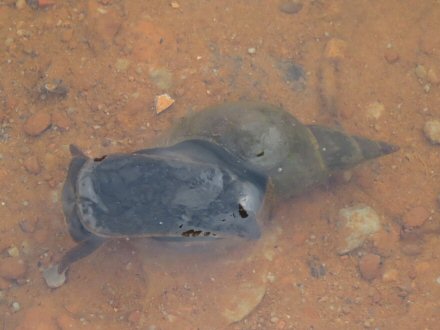
Laver Spire Snail - see note 1 below
Black Slug
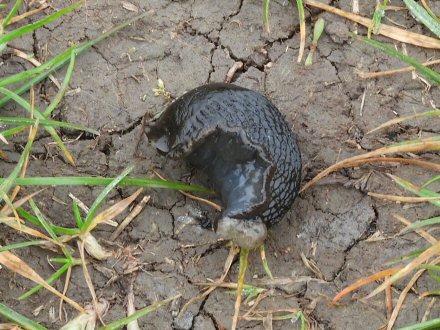
Large Red Slug
Grey Field Slug
Tramp Slug
Keeled Slug
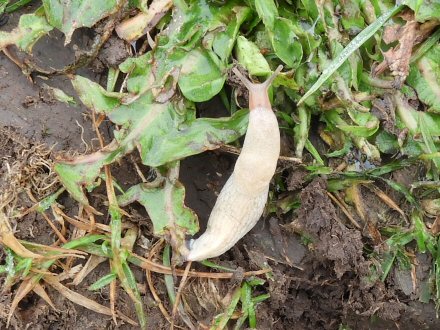
Leopard Slug

Banded or Brown-lipped Snail
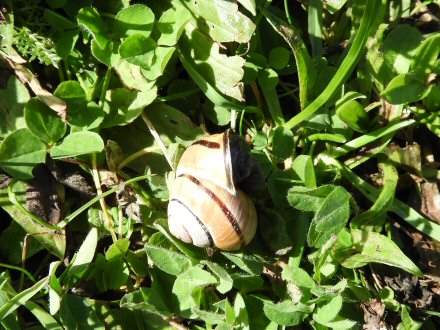
White-lipped Snail
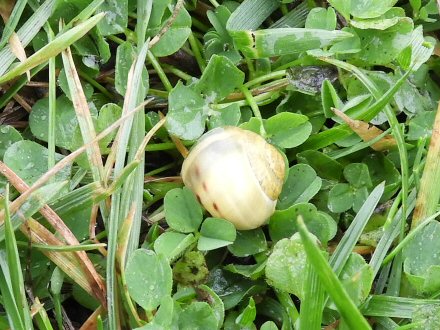
Kentish Snail
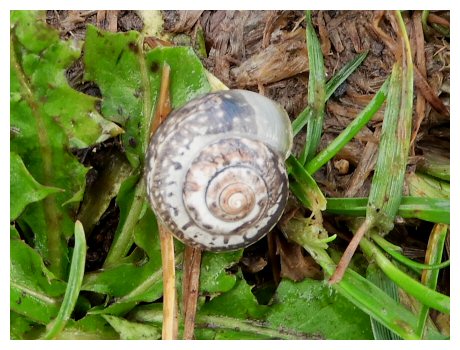
Yellow Cellar Slug (NBN 2002)
Draparnaud's Glass Snail
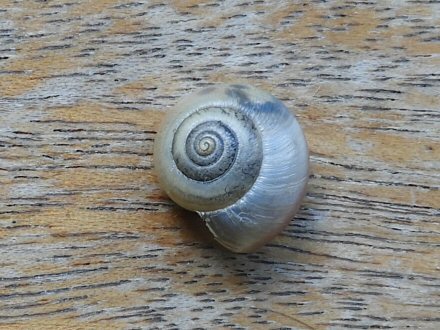
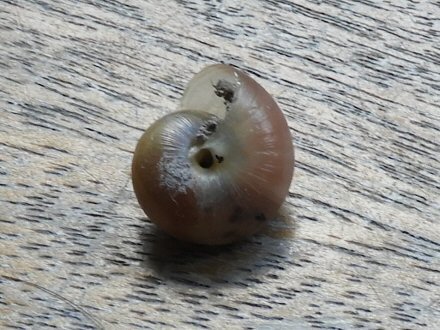
Hairy Snail
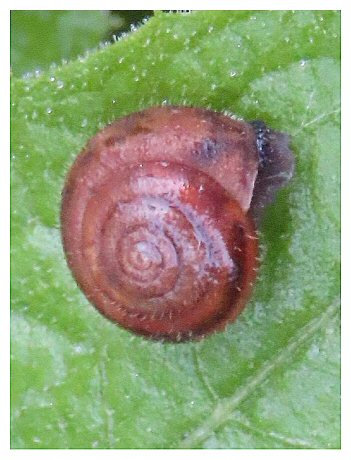
Amber Snail
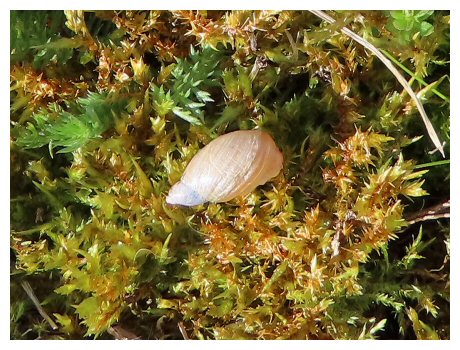
Molluscs
Baltic Tellin - see note 1 below
Bathyporeia pilosa (a small shrimp) - see note 1 below
Note 1 - identified in 'Severn Estuary SAC and SPA:Intertidal Mud & Sandflats Condition Assessment 2012'
publications.naturalengland.org.uk/file/4717872094380032
No. of species = 143